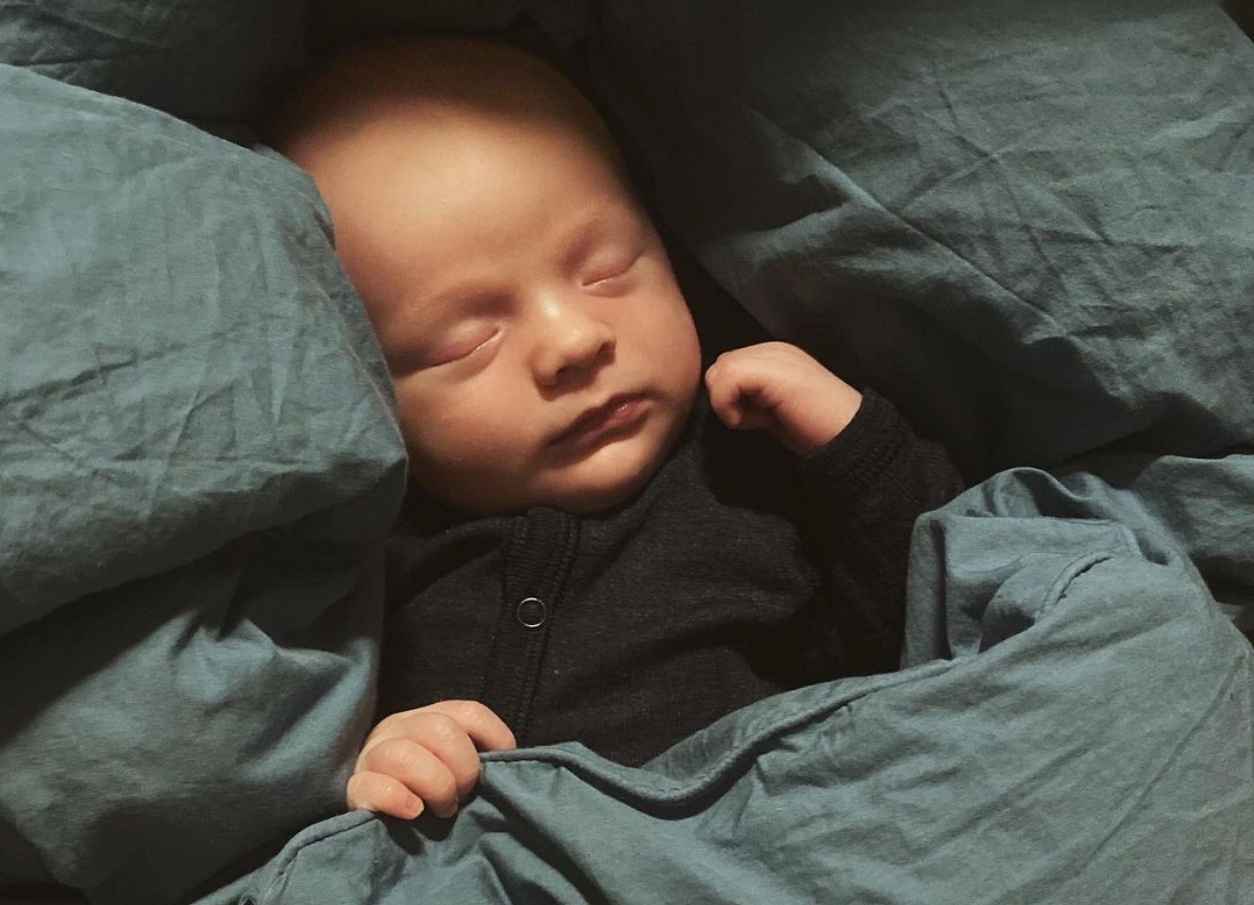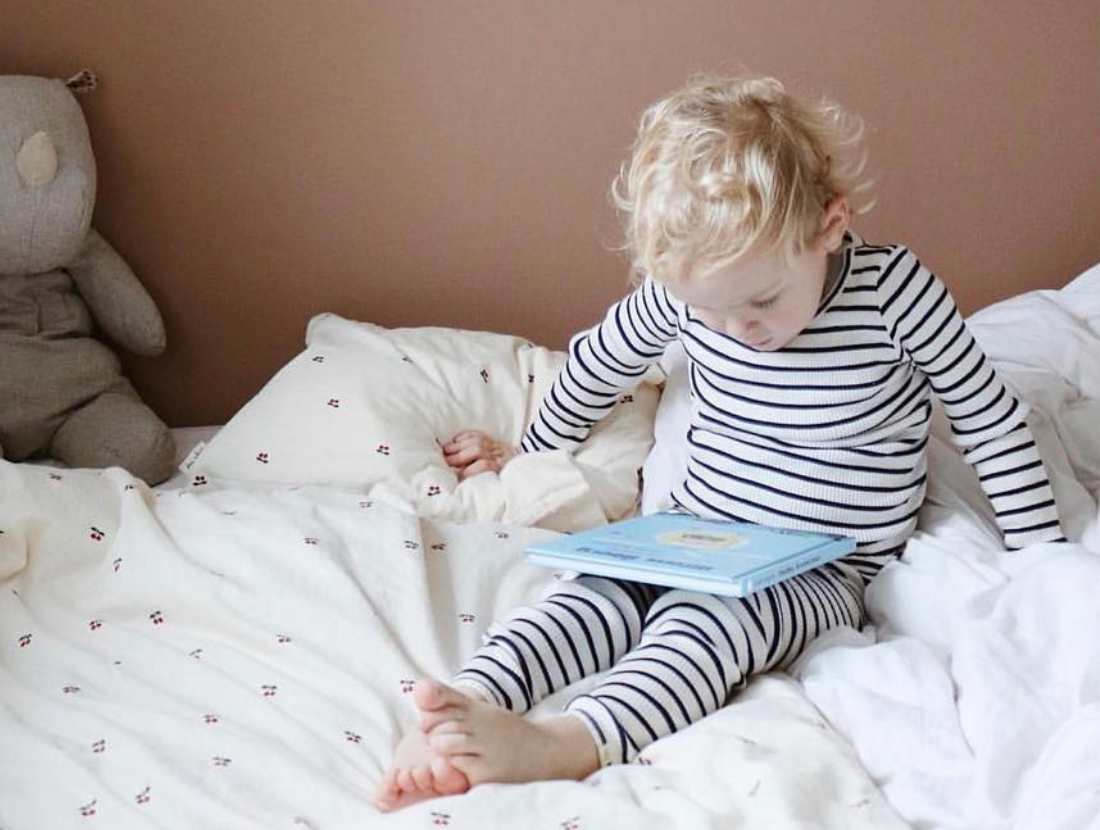Good sleep is fundamental for new learning, development and well-being.
But how do I know if my child is getting enough sleep?

Sleep is a recurring theme in families with children. Not least lack of sleep. But how do I really know if my child is getting enough sleep?
I asked Karen Kildahl that question, who, in addition to being a mother of two, is also a midwife and sleep counselor at the Baby Institute.
Sleep is biological
Karen takes me back to before electricity was invented. Back then, life was to a greater extent governed by rhythms and habits. When the sun went down, we went to bed. There were no lamps we could light. No screens to look at and no e-mails from the boss at 23.
Today, life is often more unstructured. We eat when we want. We work when we want and sleep when we want. Many of us cannot copy what we ourselves grew up in. But Karen, who is a midwife and sleep consultant, guesses that we are still returning to some of the old virtues when it comes to children and sleep:
"It may well be that we have modernized ourselves in many ways, but the brain still needs fixed points.
Sleep is a biological variable that is largely controlled by your internal clock. If you sleep poorly, the best thing you can do is to go to bed and get up at the same time every day. So your inner clock can follow.
The same applies to children.”
The Mathematics of Sleep
Karen Kildahl is the woman behind it The Mathematics of Sleep. But she would certainly object if I said she had invented the mathematics behind sleep. Because the math was already there. Karen has "just" calculated it and given it a name. And by the way, she has seen it work in practice, together with thousands of families with young children, through her work as a sleep counselor at the Baby Institute.
The Mathematics of Sleep gives you an overview of how much sleep your child needs during the day and how many naps you have to fit in during the day. The schedule goes from 0 to 2 years.
|
Age |
Daytime naps (number) |
Total sleep (hours) |
|
Newborn |
3 |
16-17 |
|
3 months |
4-5 |
15 |
|
6 months |
3 |
14 |
|
9 months |
2 |
13-14 |
|
1 year |
1-2 |
13-14 |
|
1 ½ years |
1 |
13-14 |
|
2 years |
1 |
13 |
The mathematics of sleep is not only about how much your child should sleep. It is at least as much about how much waking time the child needs. Sleep and waking time add up to the math.
When we are awake, we take in a lot of stimuli through our senses. It is all stored in the brain's hippocampus - or "the little USB stick" as Karen calls it. When we sleep, we plug the USB into the computer, which processes what we have experienced. Some are deleted and others are stored on the hard drive. Once the USB stick is cleaned, we're ready to go one more round.
That's what sleep can do. Clear out the hippocampus. For God's sake, we must not remember everything we experience. Then we quickly end up with an overflowing USB stick.
Let's take a 3-month-old baby as an example. If the starting point is that the child needs 15 hours of sleep a day, then there is room for 9 hours of waking time. But what does it look like in practice?
Karen explains that it may look a little different, but ultimately we cannot cheat the mathematics of sleep. We need the math to add up:
"The vast majority of children aged 3 months have received enough input after an hour and a half of waking time. Then the USB plug just needs to be cleaned.
If we divide the 9 hours of waking time into chunks of an hour and a half each, then a 3-month-old child has to take 5 naps during the day before going to sleep for the night. During the day, it starts at 6 or at 9 means nothing. The important thing is to get the mathematics of sleep working out, so that the child gets both the sleep and waking time he needs during the day.
This is where the balance and healthy sleep occurs.”
Healthy sleep
When you don't sleep well, you become grumpier. This applies to both children and adults. Everything becomes unmanageable and then it can be very nice to have something concrete to lean into. Bring out the calculator and test the mathematics of sleep.
I would like to admit that it is controversial with so much systematicity around children. We are not used to that. After all, my child is not an excel sheet. But I still get curious when an experienced sleep counselor tells me it works.
If you have also become curious, you can follow Karen on the Instagram profile Healthy Sleep, where she gives tips and tricks for healthier sleep for children.
If you're missing something delicious for the interior of the children's room, you can check out ours linens in fine, muted colours.



Leave a comment
This site is protected by hCaptcha and the hCaptcha Privacy Policy and Terms of Service apply.